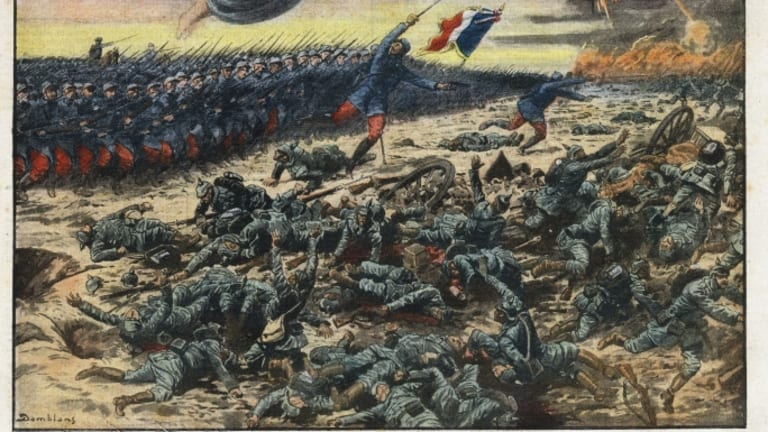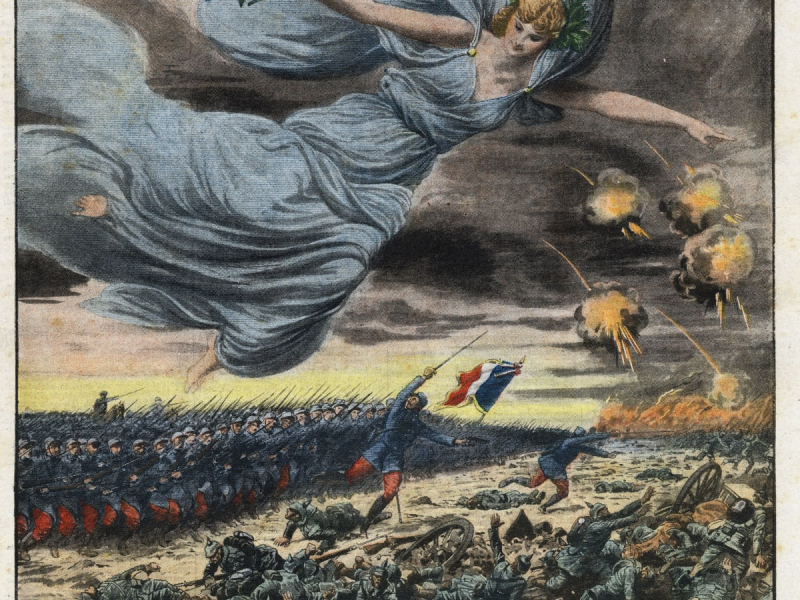First Battle of the Marne

At the commencement of World War I, Germany wanted to avoid fighting on two fronts by defeating France first and then turning its attention to Russia, France's ally. The initial German onslaught was successful, but there were not enough reinforcements available to keep the momentum going. The French and British launched a counter-offensive at the Marne (6-10 September 1914), and the Germans fled after several days of fierce fighting.
The inability of Germany to beat the French and British at the Marne had significant strategic ramifications. The Russians mobilized faster than the Germans expected and launched their first offensive just two weeks after the war began. The Battle of Tannenberg in August 1914 ended in German triumph, but the combination of German victory in the east and defeat in the west ensured that the war would be long and drawn out, spanning multiple fronts.
On the Western Front, the Battle of the Marne also signaled the end of mobile combat. Following their withdrawal, the Germans re-engaged Allied forces on the Aisne, where the action slowed and became trench warfare.
The massive casualties caused by modern weapons in the early months of the war shocked the world. For the year 1914, total losses on all fronts surpassed five million, with a million men killed. This was a level of ferocity unheard of in any prior conflict. Because of the high number of deaths in open fighting, men on all fronts began to build trenches to shield themselves, which would dominate the Western Front until 1918.
When: 1914













